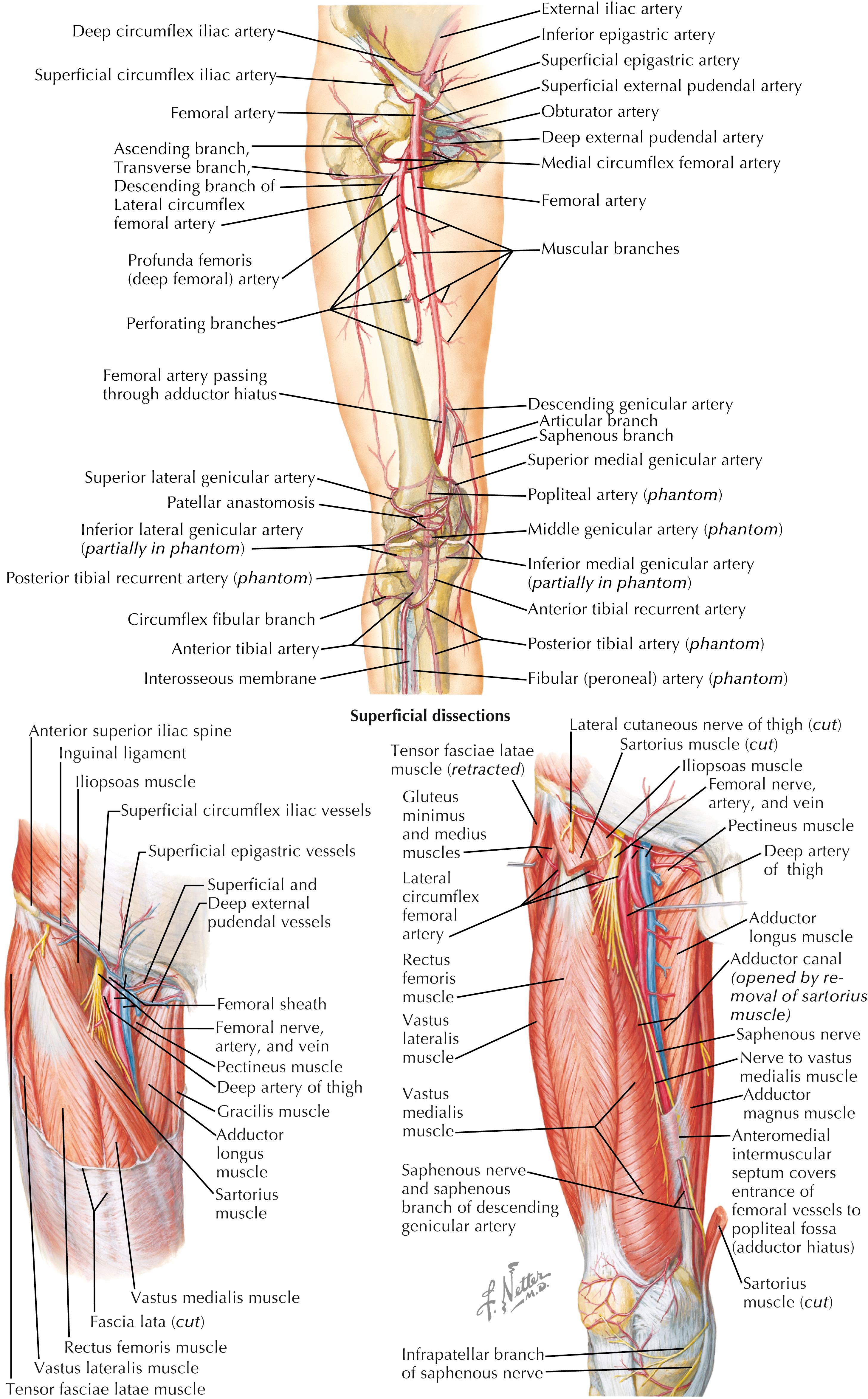Physical Address
304 North Cardinal St.
Dorchester Center, MA 02124
Lower-extremity peripheral arterial disease (PAD) symptoms range from asymptomatic to claudication, which may be lifestyle limiting, to chronic limb-threatening ischemia consisting of rest pain and/or tissue loss. The usual minimum threshold for treatment is lifestyle-limiting claudication. However, this is considered on a case-by-case basis because this stage of PAD is not limb threatening. Chronic limb-threatening ischemia, as the name suggests, mandates treatment. Although the use of endovascular treatment for PAD has been consistently increasing, there remain some patients and situations that are best treated with open surgery. This chapter describes three common, open infrainguinal procedures to treat PAD. These procedures are commonly termed femoral endarterectomy, femoral to above-knee popliteal artery bypass, and femoral to below-knee popliteal artery bypass. In these cases, “femoral” often refers to the common femoral artery (CFA), which is typically the focus of the endarterectomy and the origin of the bypasses. Femoral endarterectomy is sometimes performed concomitantly with a bypass to the popliteal artery.
The CFA, contiguous with the external iliac artery, begins at the inguinal ligament and continues in the upper anterior thigh until it branches into the superficial femoral artery (SFA) and profunda femoris artery (PFA) ( Fig. 46.1 ). The CFA resides in the femoral canal, which has lateral, medial, and superior borders of the sartorius, adductor longus, and the inguinal ligament, respectively. The mnemonic NAVEL refers to these structures deep to the inguinal ligament, from lateral to medial: femoral Nerve, common femoral Artery (CFA), common femoral Vein (CFV), Empty space in femoral canal containing lymph vessels and lymph nodes, and lacunar Ligament (see Fig. 46.1 ).

The popliteal artery begins at the adductor hiatus, where the passage of the femoral vessels from anterior to posterior thigh occurs between the adductor magnus muscle and the femur. This is the termination of the adductor, or Hunter’s canal. The popliteal artery continues behind the knee, coursing through the popliteal fossa (defined by four borders: semimembranosus, biceps femoris, medial head of the gastrocnemius, and lateral head of the gastrocnemius), ending at the lower border of the popliteus muscle, where it branches into the anterior tibial artery and the tibioperoneal trunk (see Fig. 46.1 ).
Become a Clinical Tree membership for Full access and enjoy Unlimited articles
If you are a member. Log in here